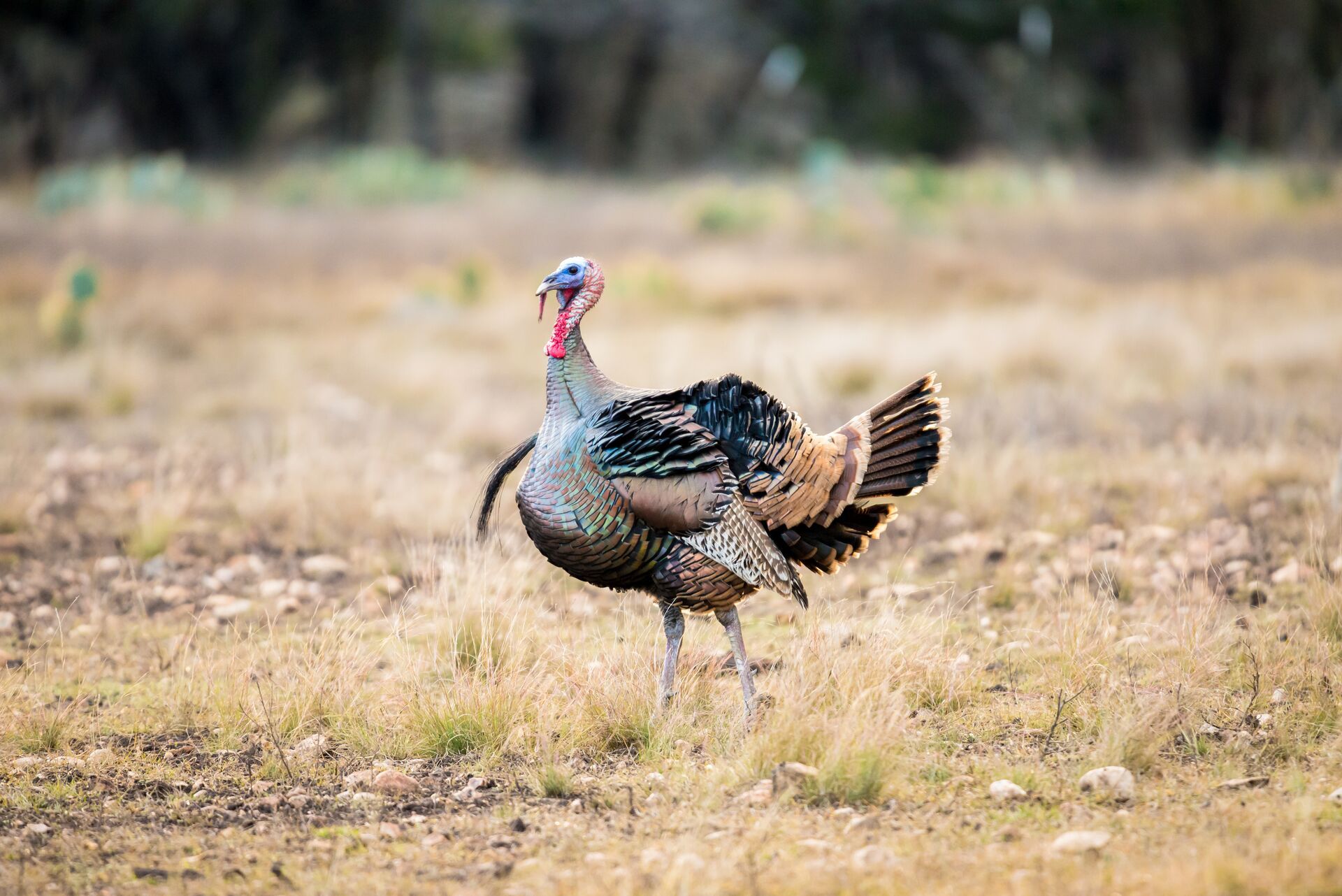Field Guide / Turkey
What Should Be Your First Turkey Call? Our Expert Insights
One of the most essential things in a turkey hunter's arsenal is the best turkey call for the right situation. Turkey hunters use calls to mimic various hen sounds like purrs, yelps, and clucks to convince a male turkey to come into range for the shot, whether hunting with a bow or shotgun.
Previous in Turkey
More Content Like This

Turkey Talk: The Rio Grande Turkey
What makes turkey hunting such an exciting sport? Is it the stunning weather that typically accompanies a hunt? Read More
Read More
What to Wear Turkey Hunting in the Spring
With cool mornings, warm afternoons, and chilly evenings, putting together a spring turkey hunting kit can initially seem like a challenge. Luckily, the process is relatively straightforward. However, with some sensible layering, carefully selected ...Read More
Read MoreTips From The Pros: The Untamed's Top 5 Turkey Hunting Tips
We had the opportunity to ask each member of The Untamed crew about some of our hottest turkey topics. Here are the highlights of our conversation about chasing (and harvesting) spring turkeys.Read More
Read More Turkey
TurkeyTurkey Talk: The Rio Grande Turkey
What makes turkey hunting such an exciting sport? Is it the stunning weather that typically accompanies a hunt? Read More
Read More Turkey
TurkeyWhat to Wear Turkey Hunting in the Spring
With cool mornings, warm afternoons, and chilly evenings, putting together a spring turkey hunting kit can initially seem like a challenge. Luckily, the process is relatively straightforward. However, with some sensible layering, carefully selected ...Read More
Read More Turkey
TurkeyTips From The Pros: The Untamed's Top 5 Turkey Hunting Tips
We had the opportunity to ask each member of The Untamed crew about some of our hottest turkey topics. Here are the highlights of our conversation about chasing (and harvesting) spring turkeys.Read More
Read More
1 of 3
